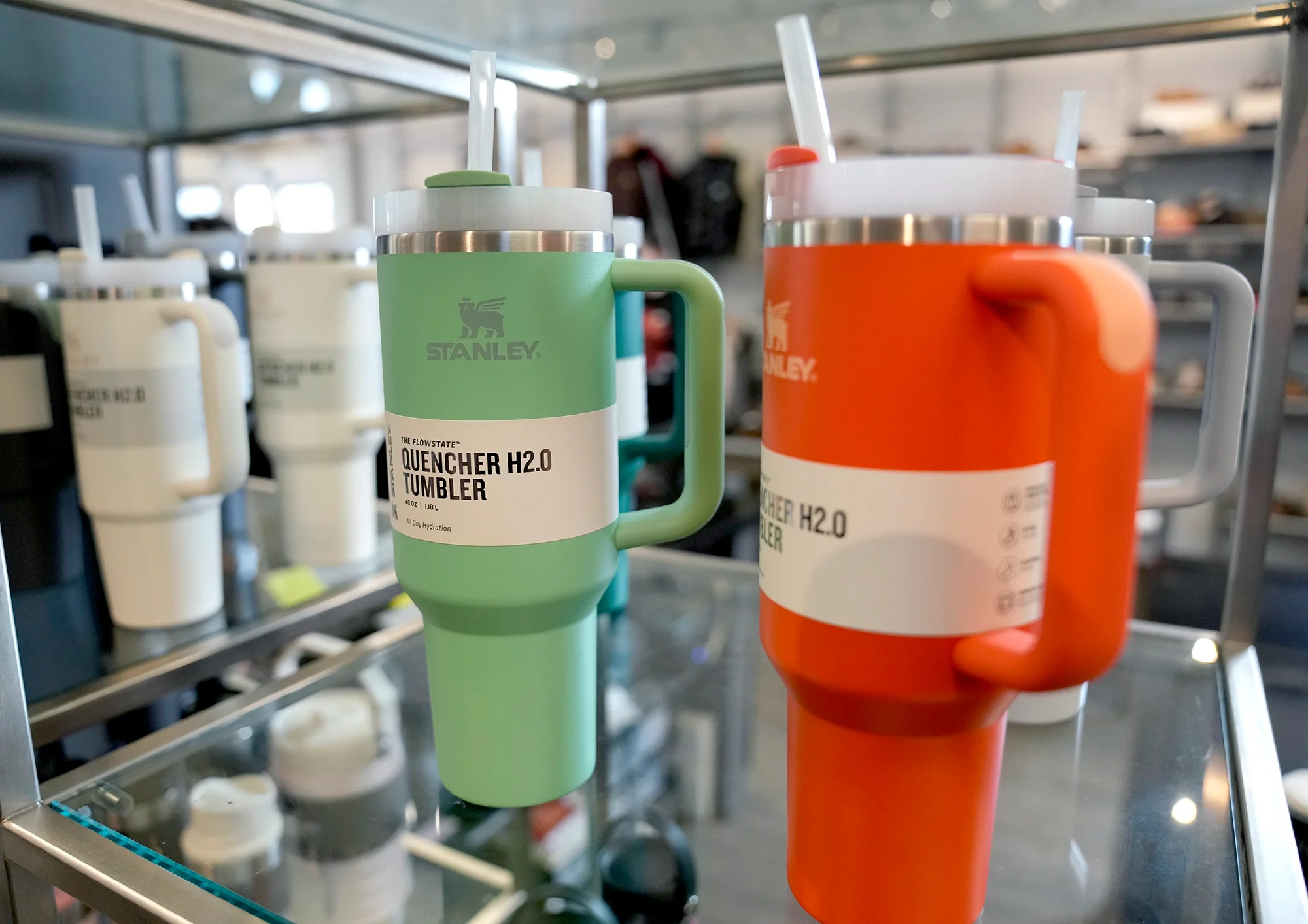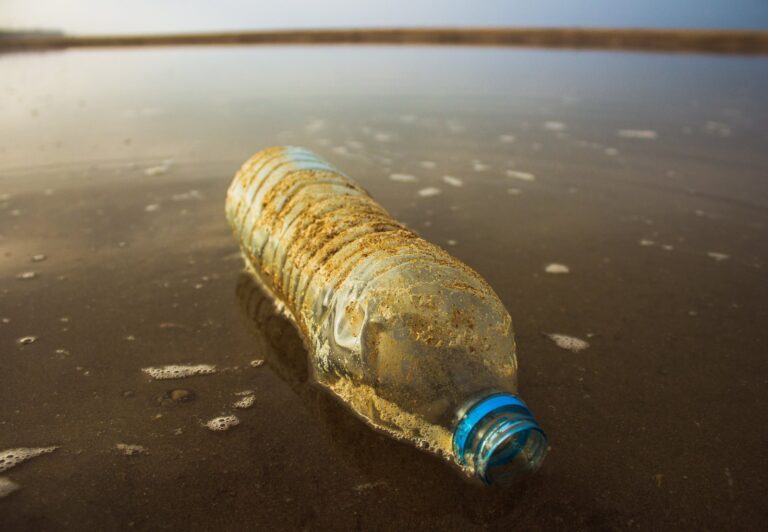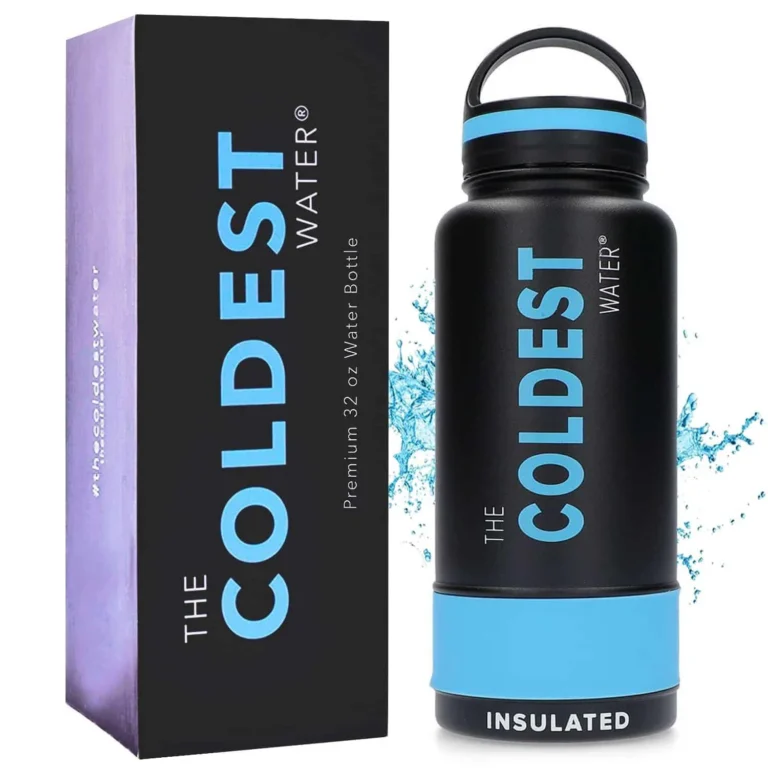Lead is a toxic metal that can cause serious health problems if ingested or inhaled. In recent years, concerns have been raised about the presence of lead in water bottles, particularly those made by Stanley.
Stanley water bottles are popular among hikers, campers, and outdoor enthusiasts due to their durability and insulation capabilities. However, some consumers have reported finding high levels of lead in their Stanley water bottles, sparking fears about the safety of these products.
Lead is a naturally occurring element that can be found in soil, water, and air. It is also commonly used in manufacturing processes, including the production of water bottles. While manufacturers don’t add lead to water bottles on purpose, it can be present as a contaminant in the materials used to make them.
Exposure to lead can cause a range of health problems, including developmental delays in children, high blood pressure, and kidney damage. As such, consumers should be aware of the potential risks associated with lead in water bottles, and take steps to protect themselves and their families.
Health Concerns of Lead Exposure
Lead exposure can have serious health consequences, particularly for children and pregnant women. Even low levels of lead exposure can cause developmental delays, learning difficulties, and behavioral problems in children. In adults, lead exposure can lead to high blood pressure, kidney damage, and reproductive problems.
Symptoms of Lead Poisoning
The symptoms of lead poisoning can be difficult to recognize, as they can be subtle and develop slowly over time. Common symptoms include headaches, fatigue, irritability, and abdominal pain. More severe symptoms can include seizures, coma, and even death.
Long-Term Health Effects
Long-term exposure to lead can cause serious health problems, particularly for children and pregnant women. Children exposed to lead can suffer from developmental delays, learning difficulties, and behavioral problems. In adults, lead exposure can lead to high blood pressure, kidney damage, and reproductive problems.
It is important to note that even low levels of lead exposure can have long-term health effects. Therefore, it is important to take steps to reduce exposure to lead, particularly for children and pregnant women. This includes avoiding products that may contain lead, such as certain types of water bottles, and following safe handling practices when working with lead-containing materials.
Regulations and Standards for Lead in Consumer Products
FDA Guidelines for Lead
The Food and Drug Administration (FDA) is responsible for ensuring that food and beverage containers, including water bottles, are safe for consumers. The FDA has established guidelines for lead in consumer products, including water bottles.
According to the FDA, the maximum allowable level of lead in a water bottle is 5 parts per billion (ppb).
The FDA conducts routine inspections and testing to ensure that manufacturers comply with these guidelines. If a manufacturer is found to be in violation of the guidelines, the FDA may take enforcement action, including product recalls and fines.
Consumer Product Safety Commission Standards
The Consumer Product Safety Commission (CPSC) is a federal agency that is responsible for protecting consumers from unsafe products. The CPSC has also established standards for lead in consumer products, including water bottles.
According to the CPSC, the maximum allowable level of lead in a water bottle is 100 ppb.
Manufacturers are required to comply with these standards and are subject to enforcement action if they are found to be in violation. The CPSC also conducts routine inspections and testing to ensure that manufacturers are complying with the standards.
It is important for consumers to be aware of these regulations and standards when purchasing water bottles or other consumer products. By choosing products that comply with these guidelines, consumers can help protect themselves and their families from exposure to harmful levels of lead.
Lead Presence in Stanley Water Bottles
Stanley water bottles are a popular choice among outdoor enthusiasts due to their durability and reliability. However, concerns have been raised about the presence of lead in these bottles. In this section, we will explore the company’s stance on lead usage and independent testing results.
Company’s Stance on Lead Usage
Stanley has stated that they do not use lead in the manufacturing of their water bottles. They claim to comply with all relevant regulations and standards, including the Consumer Product Safety Improvement Act (CPSIA) and the California Proposition 65. The company also emphasizes their commitment to providing safe and high-quality products to their customers.
Independent Testing Results
Independent testing has been conducted to determine the presence of lead in Stanley water bottles. The results have been mixed, with some tests showing no detectable levels of lead and others indicating trace amounts.
It is important to note that trace amounts of lead are not necessarily harmful and do not necessarily indicate a violation of regulations or standards.
One study conducted by Consumer Reports found that some Stanley water bottles contained lead levels above the federal limit for children’s products. However, it is important to note that these bottles were not marketed as children’s products and the federal limit for adult products is higher.
Additionally, Stanley has disputed the findings and conducted their own testing, which reportedly showed no detectable levels of lead.
Preventative Measures for Lead Exposure
Lead exposure can have serious health consequences, and it is important to take preventative measures to avoid exposure. Here are some tips for minimizing the risk of lead exposure when using Stanley water bottles:
Proper Usage of Water Bottles
To minimize the risk of lead exposure, it is important to use Stanley water bottles properly. This includes:
- Avoiding hot liquids: Stanley water bottles are not designed for use with hot liquids, as heat can cause lead to leach from the bottle into the liquid. It is important to only use these bottles for cold or room temperature liquids.
- Avoiding acidic liquids: Acidic liquids can also cause lead to leach from the bottle into the liquid. It is important to avoid using Stanley water bottles for acidic liquids such as fruit juice or soda.
- Avoiding prolonged storage: It is important to not store liquids in Stanley water bottles for prolonged periods of time, as this can also increase the risk of lead leaching.
Cleaning and Maintenance Tips
Proper cleaning and maintenance of Stanley water bottles can also help reduce the risk of lead exposure. Here are some tips:
- Hand washing: Stanley water bottles should be hand washed with warm, soapy water. Avoid using abrasive cleaners or scrubbers, as these can damage the bottle and increase the risk of lead leaching.
- Regular cleaning: It is important to clean Stanley water bottles regularly, especially if they are used frequently. This can help prevent the buildup of bacteria and other contaminants, which can also increase the risk of lead leaching.
- Inspecting the bottle: It is important to inspect Stanley water bottles regularly for signs of wear and tear, such as cracks or chips. If the bottle is damaged, it should be replaced immediately to avoid the risk of lead exposure.
Alternatives to Stanley Water Bottles
Lead-Free Water Bottle Brands
For those concerned about the presence of lead in their water bottles, there are several brands that offer lead-free options. One such brand is CamelBak, which offers a line of BPA-free and lead-free water bottles made from Tritan plastic. Another brand is Klean Kanteen, which offers stainless steel water bottles that are free from lead, BPA, and other harmful chemicals.
Materials Used in Safe Water Bottles
Aside from specific brands, there are also certain materials that are known to be safe and free from lead.
Stainless steel is a popular choice for water bottles. It is durable, easy to clean, and does not leach harmful chemicals.
Glass is another safe option, although it may not be as durable as stainless steel.
Additionally, some water bottles are made from BPA-free plastics, which are also free from lead.
When looking for a lead-free water bottle, it is important to read the label and do research on the specific brand and material used.
By choosing a lead-free water bottle, consumers can ensure that they are not exposing themselves or their families to harmful chemicals.




